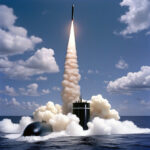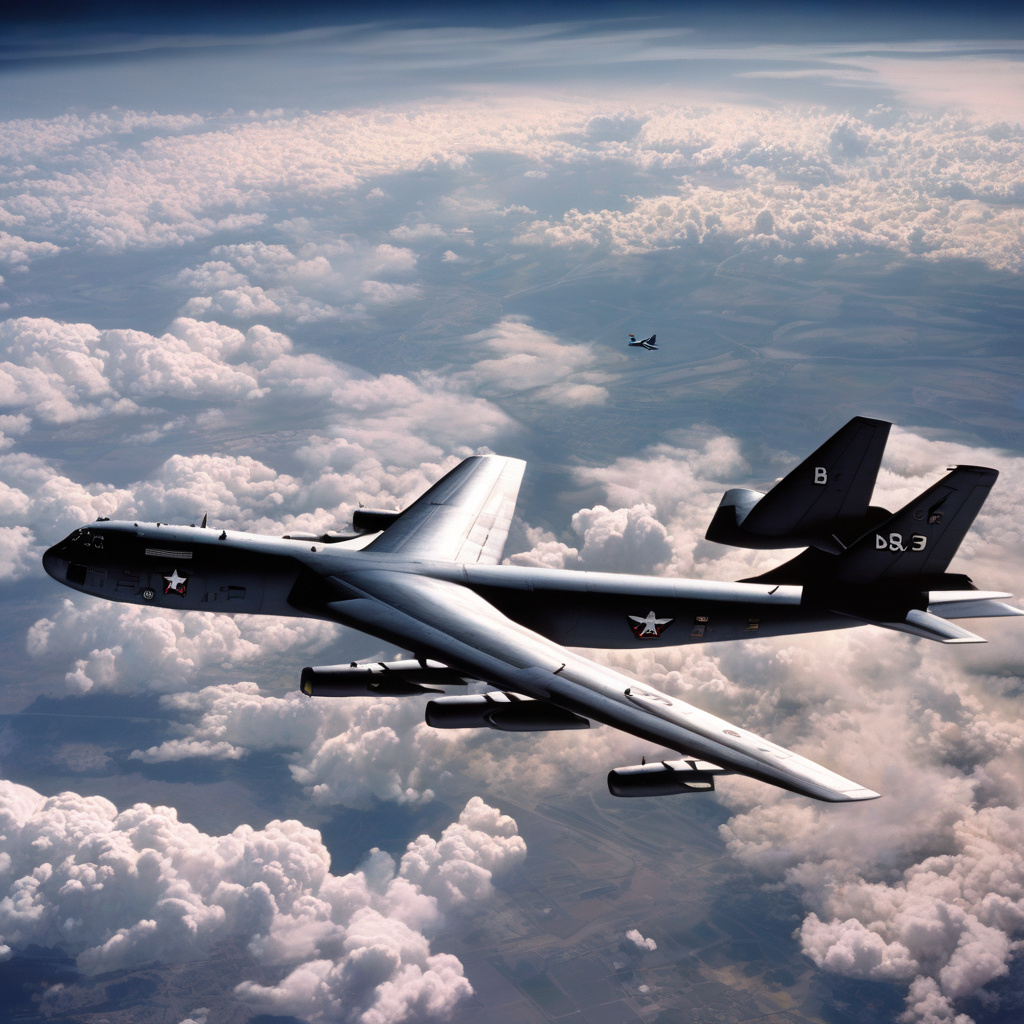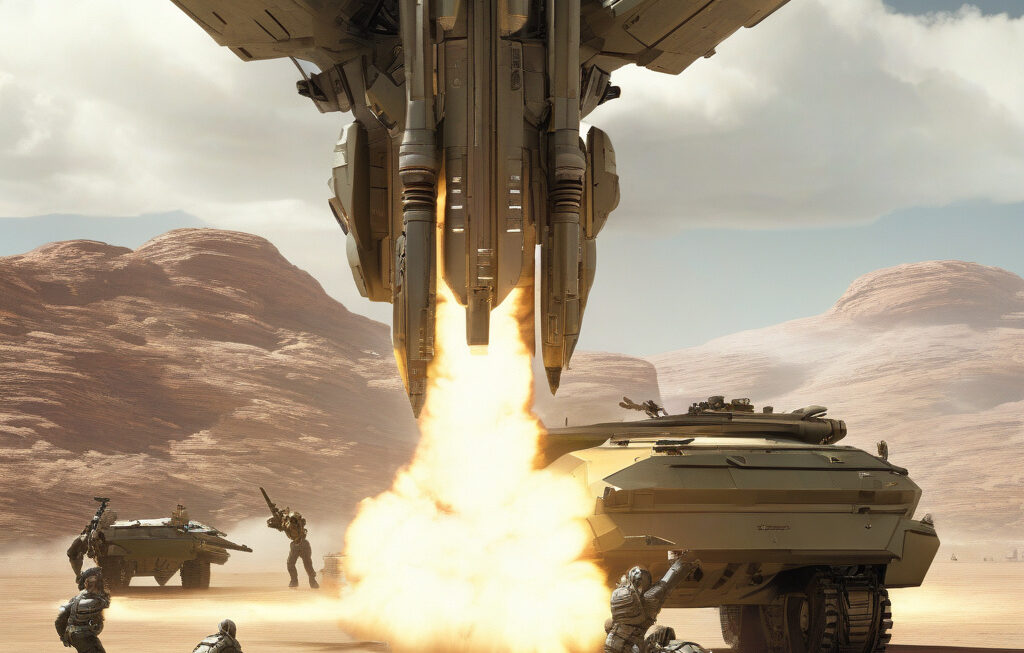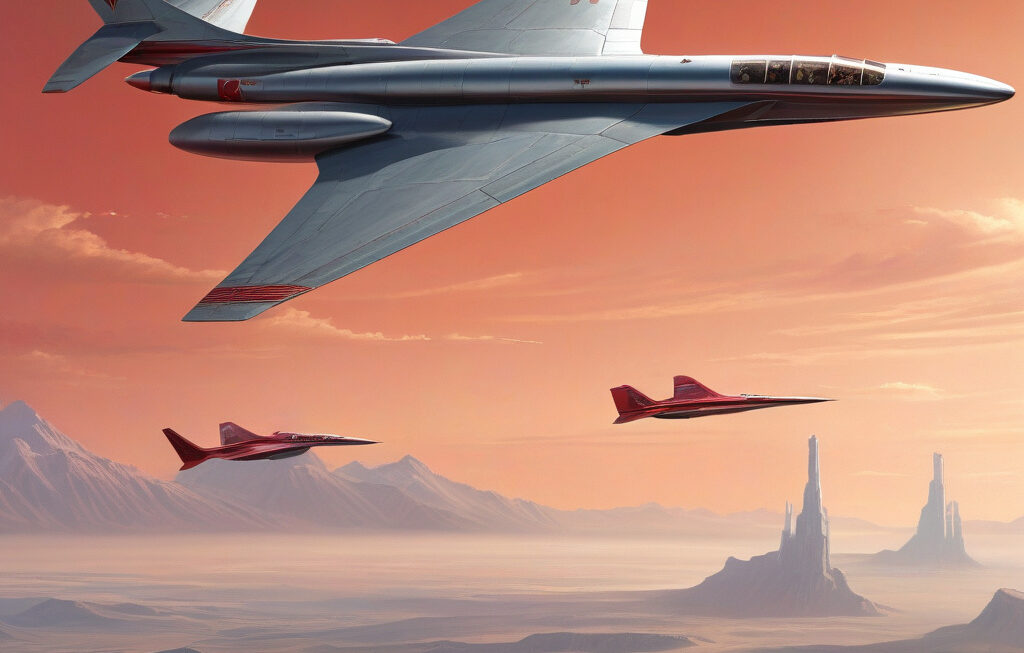China: Cold War-era B-52 Still Tops US Nuclear Threat List, Beats Modern F-35, B-2
A recent threat assessment conducted by a team of Chinese military researchers has identified the venerable Cold War-era B-52 bomber as the top nuclear threat from the United States, surpassing even the more modern F-35 and B-2 stealth aircraft. This revelation has sent shockwaves through defense circles and raised questions about the continued relevance and effectiveness of aging military technology in the face of rapid advancements in warfare capabilities.
The B-52 Stratofortress, first introduced in the 1950s, has been a mainstay of the US Air Force’s bomber fleet for over half a century. Despite its age, the B-52 has undergone numerous upgrades and modifications to ensure its continued effectiveness in modern combat scenarios. Its ability to carry a large payload of nuclear weapons over long distances makes it a formidable force to be reckoned with, even in the 21st century.
In contrast, the F-35 and B-2, two of the US military’s most advanced and sophisticated aircraft, have been overshadowed by the B-52 in terms of nuclear threat potential. The F-35, a fifth-generation multirole fighter, was designed to be a versatile and agile aircraft capable of dominating the skies in both air-to-air and air-to-ground combat. However, its limited payload capacity and range compared to the B-52 have placed it lower on the threat list in the eyes of Chinese military analysts.
Similarly, the B-2 Spirit stealth bomber, known for its advanced stealth technology and precision strike capabilities, has also been outshone by the aging B-52 in the realm of nuclear deterrence. The B-2’s high cost and relatively small fleet size have limited its deployment and overall impact compared to the more numerous and versatile B-52 bombers.
The Chinese assessment underscores the enduring value of the B-52 bomber as a strategic asset for the United States, capable of projecting power and deterring potential adversaries through its sheer presence and firepower. Despite its age, the B-52 continues to be a vital component of America’s nuclear triad, alongside intercontinental ballistic missiles and submarine-launched ballistic missiles.
Moreover, the assessment highlights the importance of adaptability and resilience in military planning and strategy. While newer technologies such as the F-35 and B-2 offer significant advantages in terms of stealth and precision, the B-52’s longevity and proven track record demonstrate the value of experience and reliability in an ever-changing and unpredictable global security environment.
As the United States and China navigate complex geopolitical tensions and strategic rivalries, the role of legacy weapons systems like the B-52 takes on renewed significance. The ability of older platforms to outperform their more modern counterparts in certain key areas serves as a reminder that military superiority is not solely determined by technological prowess, but also by strategic thinking, resourcefulness, and adaptability.
In conclusion, the Chinese military’s assessment of the B-52 bomber as the top US nuclear threat highlights the enduring legacy and effectiveness of this Cold War-era aircraft in the contemporary security landscape. As defense capabilities continue to evolve and adversaries seek to gain the upper hand in an increasingly competitive environment, the lessons learned from the B-52’s continued dominance offer valuable insights into the timeless principles of deterrence and military strength.
#B52, #F35, #B2, #MilitaryTechnology, #GlobalSecurity












